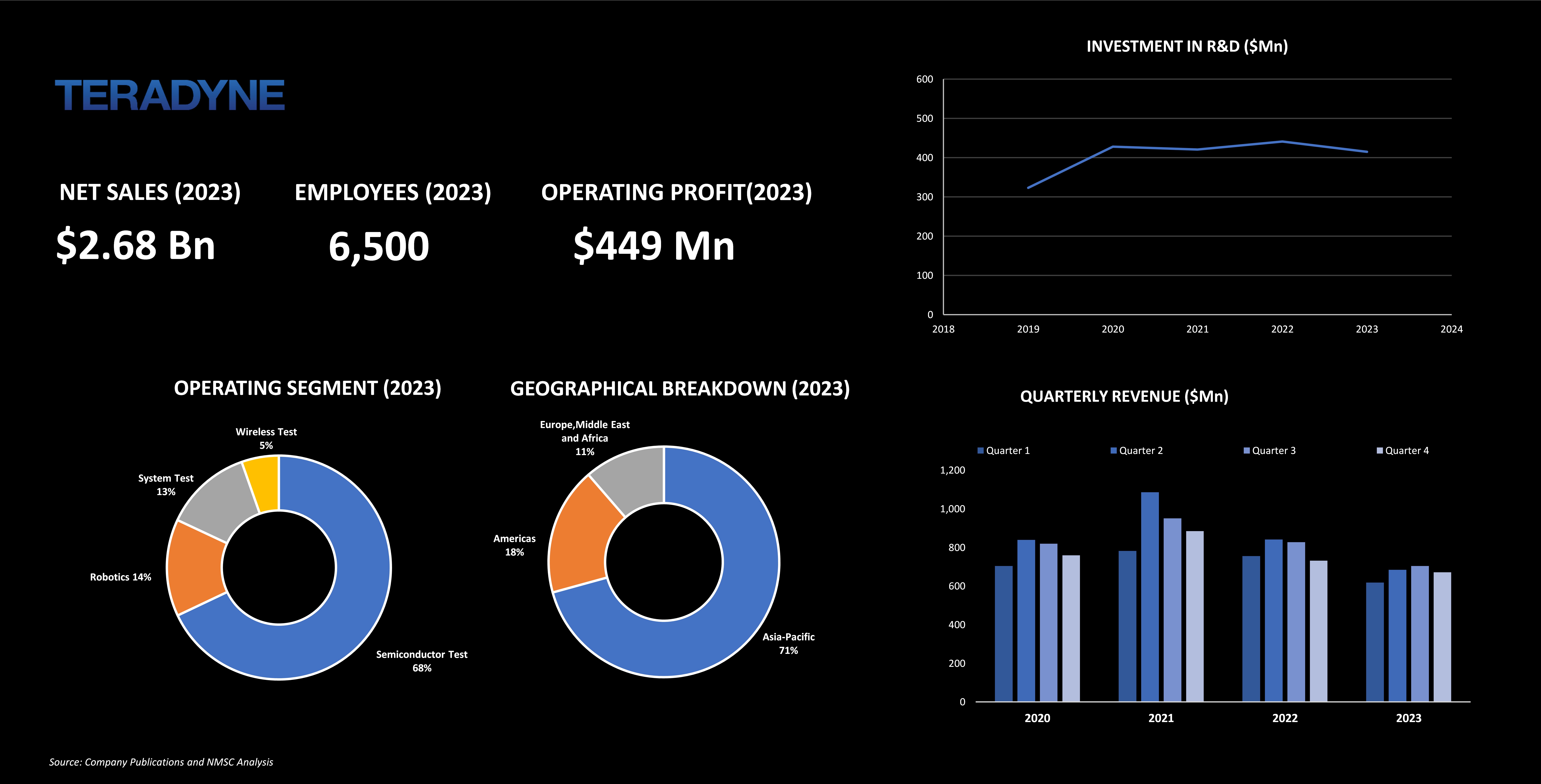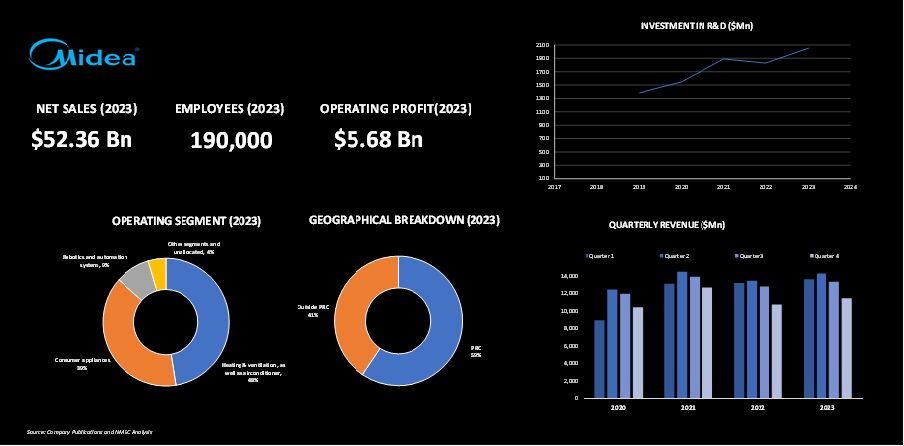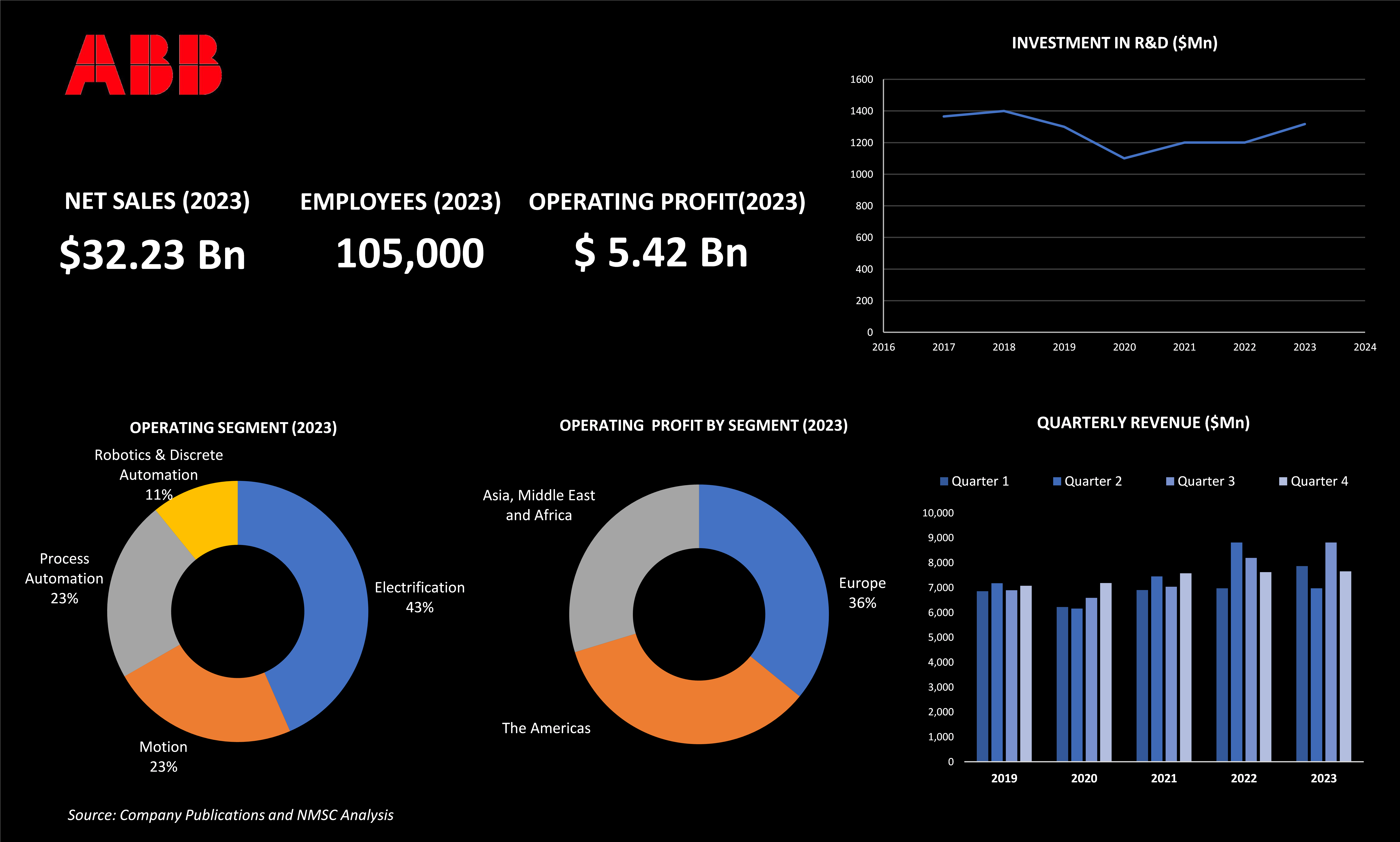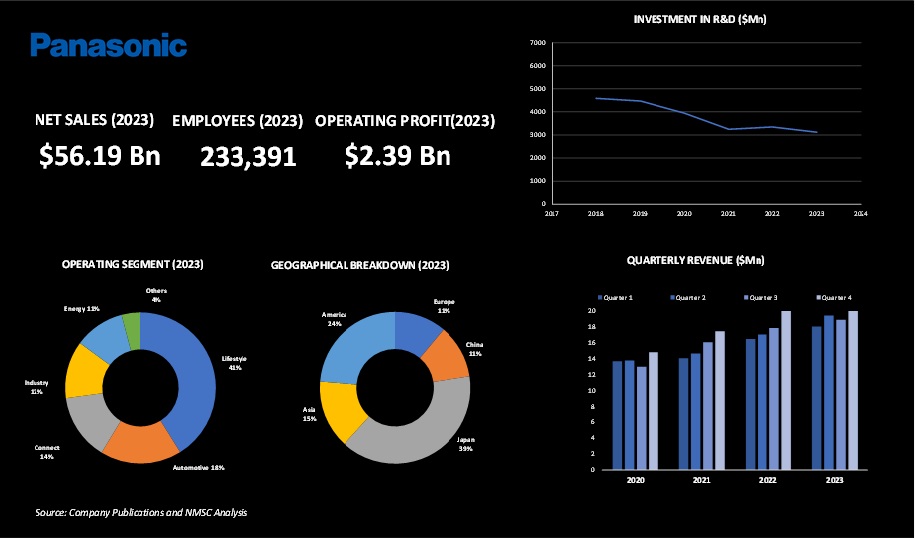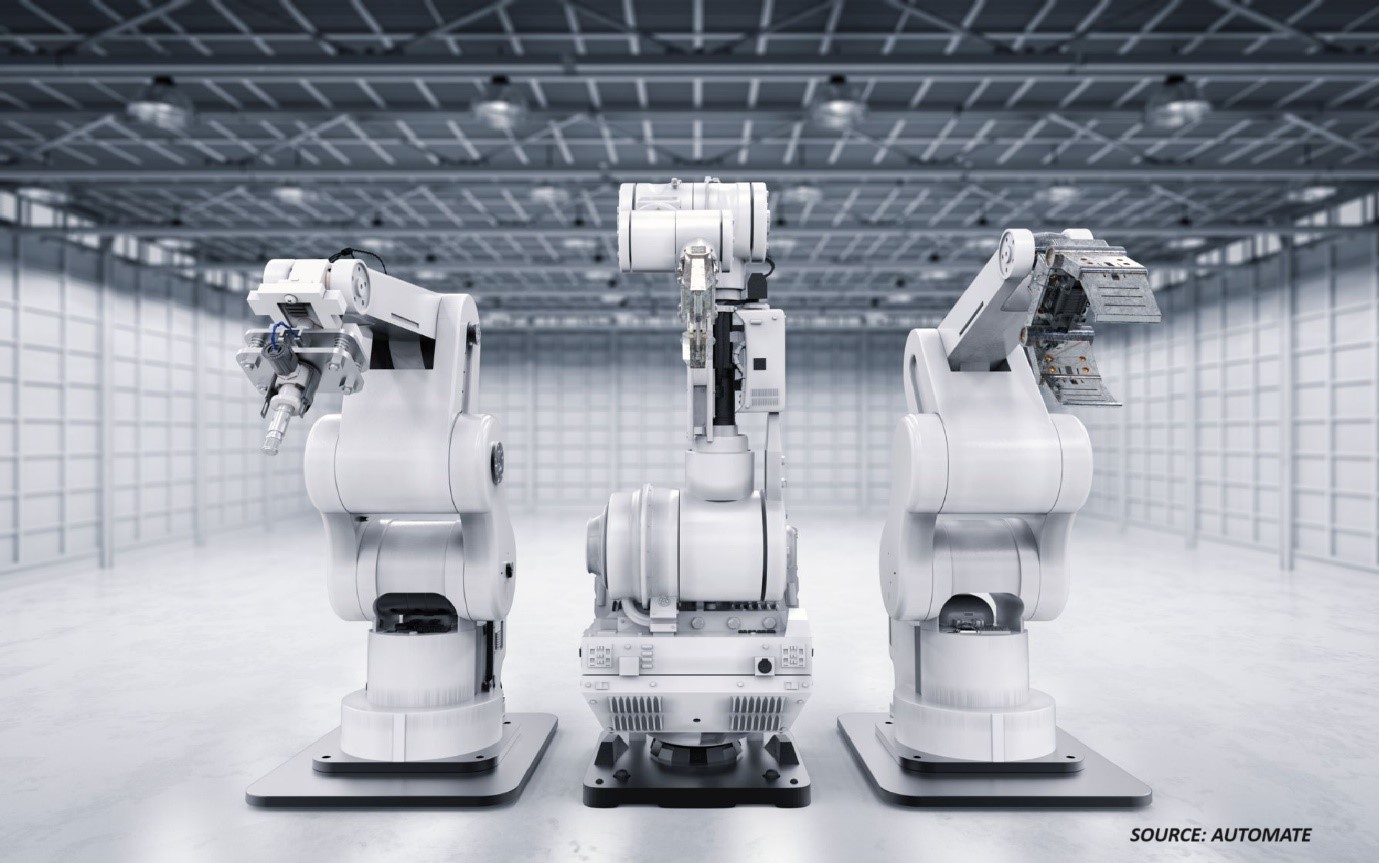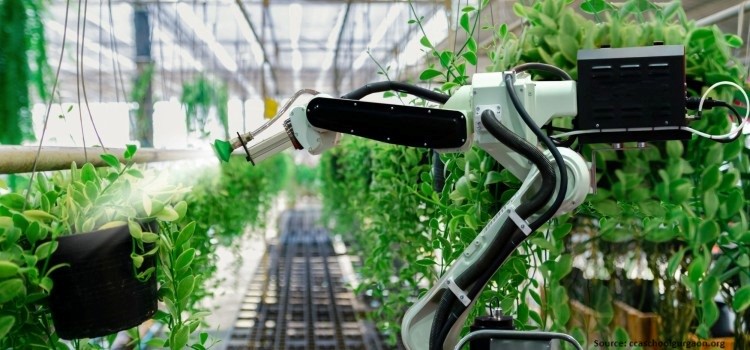Top 10 Companies Operating in The Global Hospital Logistics Robot Industry
07-Oct-2024
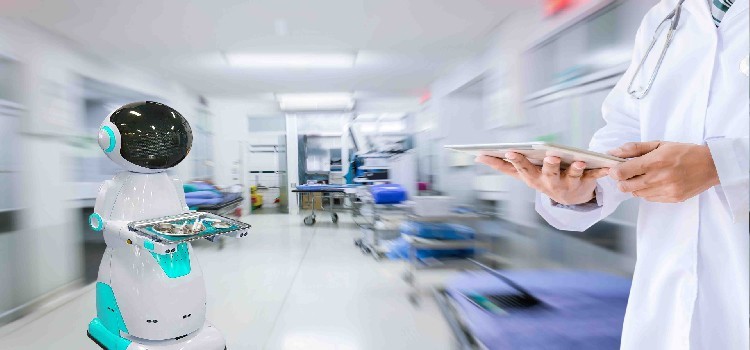
The global hospital logistics robots market size was valued at USD 1.50 billion in 2023 and is predicted to reach USD 5.64 billion by 2030, with a CAGR of 20.5% from 2024 to 2030, due to the growing adoption of robotics in healthcare sector.
Hospital Logistics Robots Market Overview
The hospital logistics robot market represents a rapidly expanding segment within the healthcare industry, focusing on the development, production, and implementation of robotic systems designed to enhance the efficiency and effectiveness of logistical operations in hospitals. The market involves a comprehensive range of automated solutions that handle various tasks such as the transportation of medical supplies, pharmaceuticals, lab specimens, food, and linens within healthcare facilities.
Hospital logistics robots are equipped with advanced technologies such as artificial intelligence, machine learning, and IoT connectivity, enabling them to navigate complex hospital environments autonomously and efficiently. These robots not only contribute to operational efficiency but also allow healthcare staff to focus more on direct patient care, thus improving the quality of service provided.
Key drivers of this market include the increasing demand for improved patient care, the need for operational cost reductions, and the growing emphasis on reducing human error and infection risks. As the healthcare sector continues to evolve, the hospital logistics robots market is poised for significant growth, driven by technological innovations, increased investment in healthcare infrastructure, and the ongoing push towards more efficient and safe hospital environments.
For the latest market share analysis and in-depth report on hospital logistics robot industry insights, you can reach out to us at: https://www.nextmsc.com/hospital-logistics-robots-market/request-sample
Highligts of Teradyne Inc
Teradyne, Inc., founded in 1960, is a leading global supplier of automated test equipment and robotics solutions. With a revenue of USD 2.68 billion and an operating profit of USD 449 million in 2023, Teradyne employs over 6,500 people worldwide. The company operates in four major business segments, with the semiconductor test business being the most significant, contributing over 60% of the company's total revenue. While Teradyne operates globally, a substantial portion of its revenue is generated from the Asia-Pacific region.
Teradyne has expanded its capabilities through strategic acquisitions, including Universal Robots in June 2015, Energid and MiR in 2018, and Lemsys and AutoGuide in 2019. In November 2023, the company further strengthened its market position by entering a strategic partnership with Technoprobe, acquiring 10% of its equity.
Despite facing potential supply chain constraints, Teradyne remains confident that these challenges will not significantly impact its financial results in 2024. The company's ongoing investments and partnerships highlight its commitment to innovation and growth in the automated test equipment and robotics industries.
Highlights of Midea Group
In 2023, Midea recorded a total revenue of USD 52.36 billion, with a net profit of USD 5.68 billion. The company achieved significant recognition by ranking No. 278 on the Fortune Global 500 list, and being included on the Fortune China ESG Impact list and the Fortune Most Admired Chinese Companies list in 2023. Forbes also lauded Midea as an Industry Benchmark for Sustainable Development Industrial Enterprises in China, underscoring the company's commitment to sustainability and excellence.
Midea operates in three major business segments: Heating, Ventilation, and Air Conditioning (HVAC); Consumer Appliances; and Robotics and Automation Systems. The HVAC segment generates the highest revenue, followed by consumer electronics. The company's strategic focus on HVAC highlights its expertise and market leadership in this area.
The company offers various logistics robotics for industries such as hospitals, warehouses, and manufacturing, showcasing its innovative approach to industrial automation. While the majority of Midea’s revenue is generated in China, the company is continuously expanding its global business network through strategic acquisitions and joint ventures. The rapid growth of Midea’s overseas original brand manufacture (OBM) business is notable, with OBM revenue exceeding 40% of overseas smart home revenue in 2023.
Midea continues to promote its strategic focus on “Technology Leadership, Direct to Users, Digitization & Intelligence Driven, and Global Impact” to build Midea in the new era. Specifically, the company strives to achieve technology leadership by building scale advantages in R&D and investing in core and cutting-edge technologies. For instance, Midea has officially joined the United Nations Global Compact (UNGC), committing to the ten principles of the Global Compact based on the United Nations Convention, and playing a part in global sustainable development. The company aims to achieve global impact by pursuing breakthroughs in key regions in terms of market, channel, and business model dimensions, ultimately serving global users more effectively.
Highlights of Omron Corporation
Omron Corporation is a global leader in automation, robotics, and healthcare technologies. The company operates across various sectors, including logistics robots for industries such as warehouses, hospitals, and logistic centers. In 2023, Omron achieved revenue of USD 5.41 billion, supported by a global workforce of over 28,000 employees. The highest revenue is generated from the Asia-Pacific region, with Japan contributing more than 40% of the total revenue.
Omron saw a 112% increase in the number of customers using its innovative automation solutions compared to the FY2022 plan, highlighting strong market adoption and customer satisfaction. The company is dedicated to transforming into a digital industry leader with a strong emphasis on AI and robotics, advancing its vision for a technologically advanced future.
In 2022, Omron focused on several strategic initiatives for future growth. These included the development of innovative applications in the Industrial Automation Business, strengthening marketing efforts in the Healthcare Business, and emphasizing human resources skill development. The company has also invested in 23 startups, reflecting its commitment to fostering innovation and growth in emerging technologies. These investments helped solidify the company's earnings base and prepare for future growth amid changing business environments.
Highlights of Abb Ltd.
ABB Ltd, a leading player in industrial process automation, reported a revenue of USD 32.23 billion for 2023, marking a 9% increase from the previous year, with an operating profit of USD 5.42 billion. This growth is attributed to strategic investments and expansions aimed at addressing the rising demands for electrification and automation solutions. ABB’s portfolio features cutting-edge robotics, integrated automation systems, and advanced electrification solutions tailored to the evolving needs of modern industrial enterprises.
In a significant move to enhance its capabilities, ABB announced a USD 170 million investment in various sites across the U.S., which will create approximately 400 new jobs. Additionally, the company committed USD 280 million to expand a robotics hub in Sweden, increasing its production capacity by 50%. These investments underscore ABB's dedication to innovation and environmental sustainability.
In 2023, ABB expanded its Robotics & Discrete Automation portfolio by introducing four new robot models and 22 variants. This expansion not only enhances performance and choice but also demonstrates ABB’s commitment to advancing automation solutions that improve industrial processes and deliver substantial environmental benefits.
Highlights of Panasonic Holdings Corporation
Panasonic Corporation, a leading global player in consumer electronics, reported a remarkable total revenue of over USD 56.19 billion for 2023. A significant portion of this revenue originates from Japan, reflecting the company’s strong domestic market presence. With a workforce exceeding 200,000 employees worldwide, Panasonic is recognized for its commitment to innovation through substantial investments in research and development. These investments are pivotal in driving advancements in new products and technologies.
Panasonic operates across six major business segments, including Lifestyle, Automotive, Connected Solutions, Industrial Solutions, Energy, and Appliances. The Lifestyle segment stands out as the largest contributor, accounting for more than 40% of the company's total revenue. This segment underscores Panasonic's strong position and extensive reach in the consumer electronics market.
The company's dedication to R&D has led to the development of cutting-edge technologies and solutions, enhancing its product offerings and maintaining its competitive edge. Panasonic's focus on innovation supports its global strategy and helps meet the evolving needs of consumers and industries alike.
Have questions? Inquire before purchasing the full report: https://www.nextmsc.com/hospital-logistics-robots-market/inquire-before-buying
Summury of Hospital Logistics Robot Market
As the healthcare industry continues to evolve, the role of technology in streamlining hospital operations has become increasingly crucial. The hospital logistics robot market, in particular, is set for significant growth. These robots automate various tasks such as material transportation, inventory management, and waste disposal, allowing healthcare professionals to focus more on patient care. Advanced technologies such as artificial intelligence and machine learning will enable these robots to make data-driven decisions and adapt to their environments, enhancing logistics, patient safety, and satisfaction. As the sector advances, hospital logistics robots will be key in improving efficiency, reducing costs, and boosting care quality in healthcare facilities.
About the Author
 Arjun Chetry is an accomplished researcher and writer with a history of more than three years of conducting thorough research. With a professional background as a research analyst, he has a keen eye for analyzing industry trends and understanding consumer behavior. His dedication to exploring diverse subjects and conducting in-depth analyses has equipped him with a deep understanding of research intricacies. He remains committed to staying up-to-date with the latest market trends and recognizing their impact on business and society. His well-rounded interests and experiences contribute to his ability to offer insights and perspectives on various topics. The author can be reached at arjun.chetry@nextmsc.com
Arjun Chetry is an accomplished researcher and writer with a history of more than three years of conducting thorough research. With a professional background as a research analyst, he has a keen eye for analyzing industry trends and understanding consumer behavior. His dedication to exploring diverse subjects and conducting in-depth analyses has equipped him with a deep understanding of research intricacies. He remains committed to staying up-to-date with the latest market trends and recognizing their impact on business and society. His well-rounded interests and experiences contribute to his ability to offer insights and perspectives on various topics. The author can be reached at arjun.chetry@nextmsc.com
Add Comment
Related Blogs
How Abb, Basler, and Teledyne Are Shaping the Future of Vision-Guided Robotics Industry
The vision-guided robots market is witnessing robust growth,...
Leading Companies Revolutionizing the Agriculture Robots Market
The Agriculture Robots Market, valued at USD 8.78 billion in 2023, is set to sur...
The Top 10 Companies Shaping the Global Explainable AI Landscape
As reported by Next Move Strategy Consulting the global explainable AI market wa...




